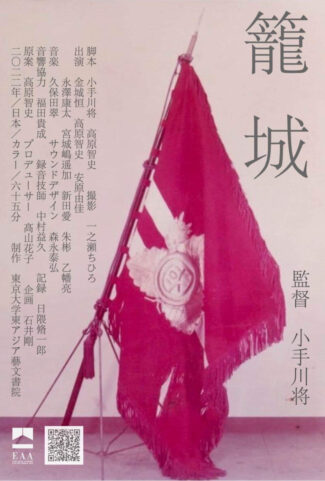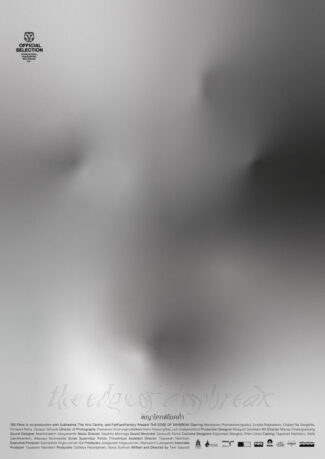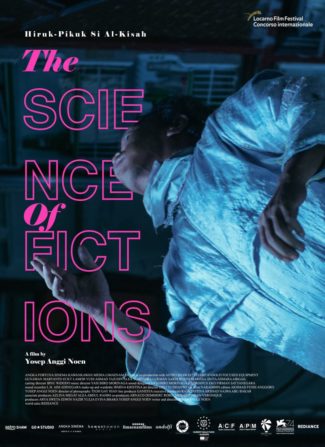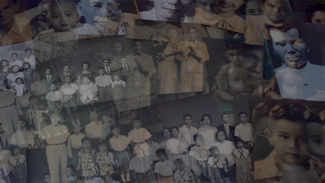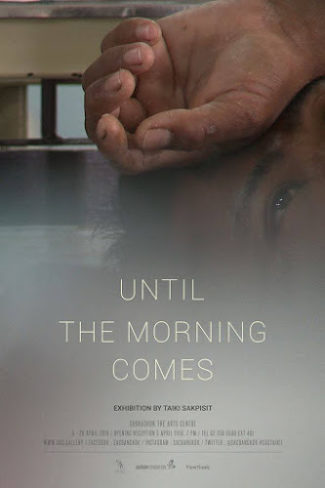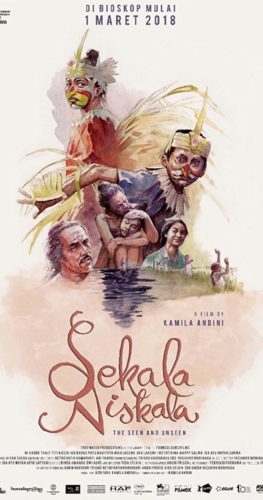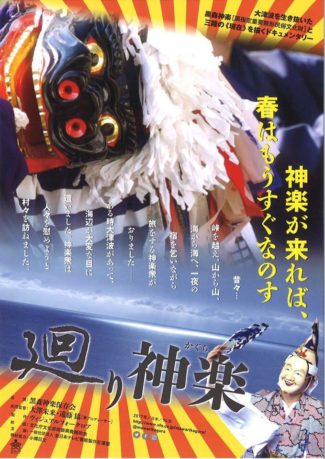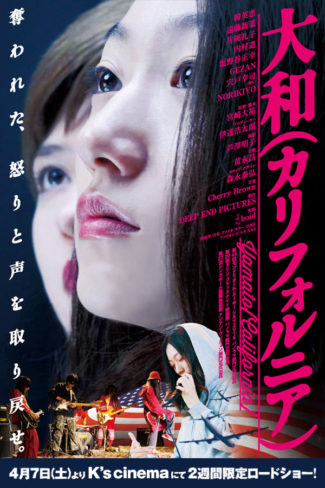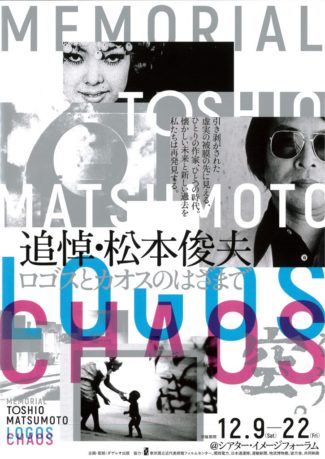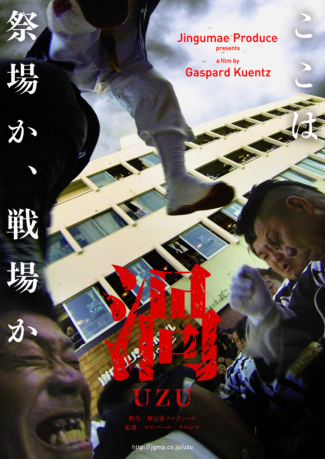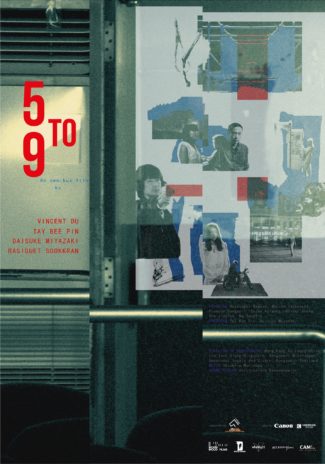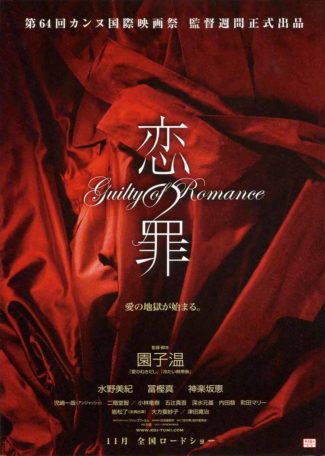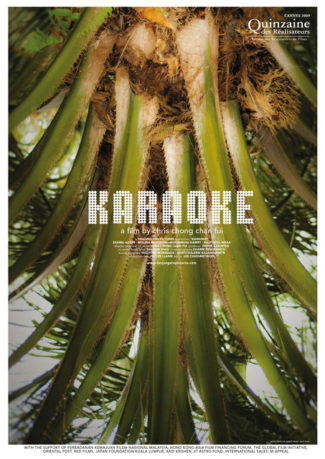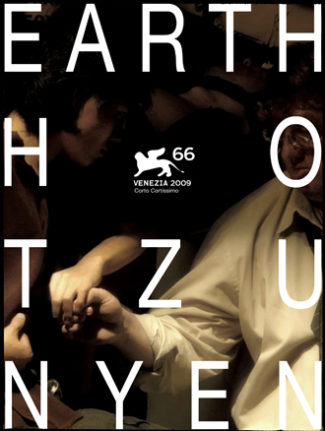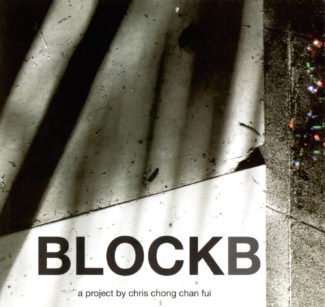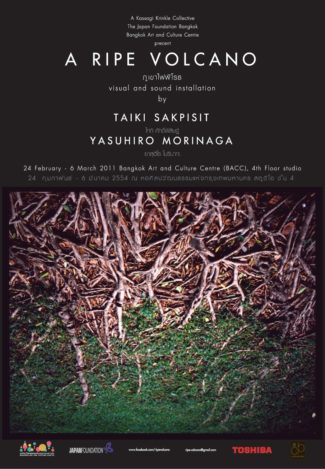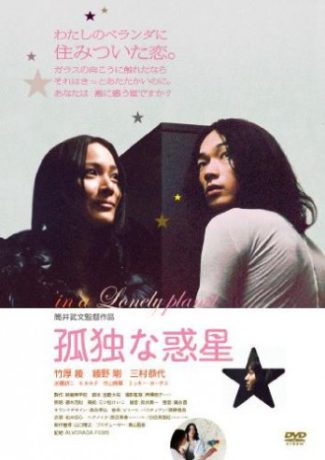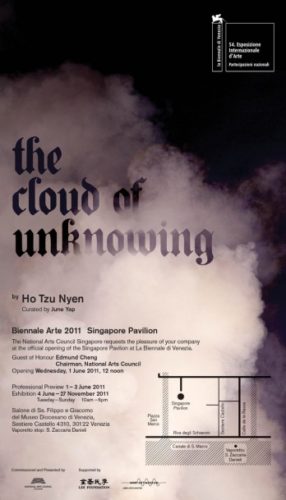
Ho Tzu Nyen’s multichannel video installation The Cloud of Unknowing (2011) explores the expansive subject of the representation of the elusive and amorphous cloud. Inspired by philosopher Hubert Damisch’s thesis on the form’s aesthetics and symbolism, A Theory of /Cloud/: Toward a History of Painting, first published in French in 1972, Ho’s work incorporates a set of eight compartmentalized vignettes, each centered on a character that stands for the cloud’s representation in historically significant Western European artworks by artists including Caravaggio, Francisco de Zurbarán, Antonio da Correggio, Giovanni Lorenzo Bernini, Andrea Mantegna, and René Magritte, as well as the Eastern landscapes of Mi Fu and Wen Zhengming. This incorporation and blending of cultural, historical, and philosophical references, both Eastern and Western, is prevalent in Ho’s practice, which references painting (EARTH, 2009), pop music (The Bohemian Rhapsody Project, 2006), literature (The King Lear Project, 2008) and philosophy (Zarathustra: A Film for Everyone and No One, 2009).
